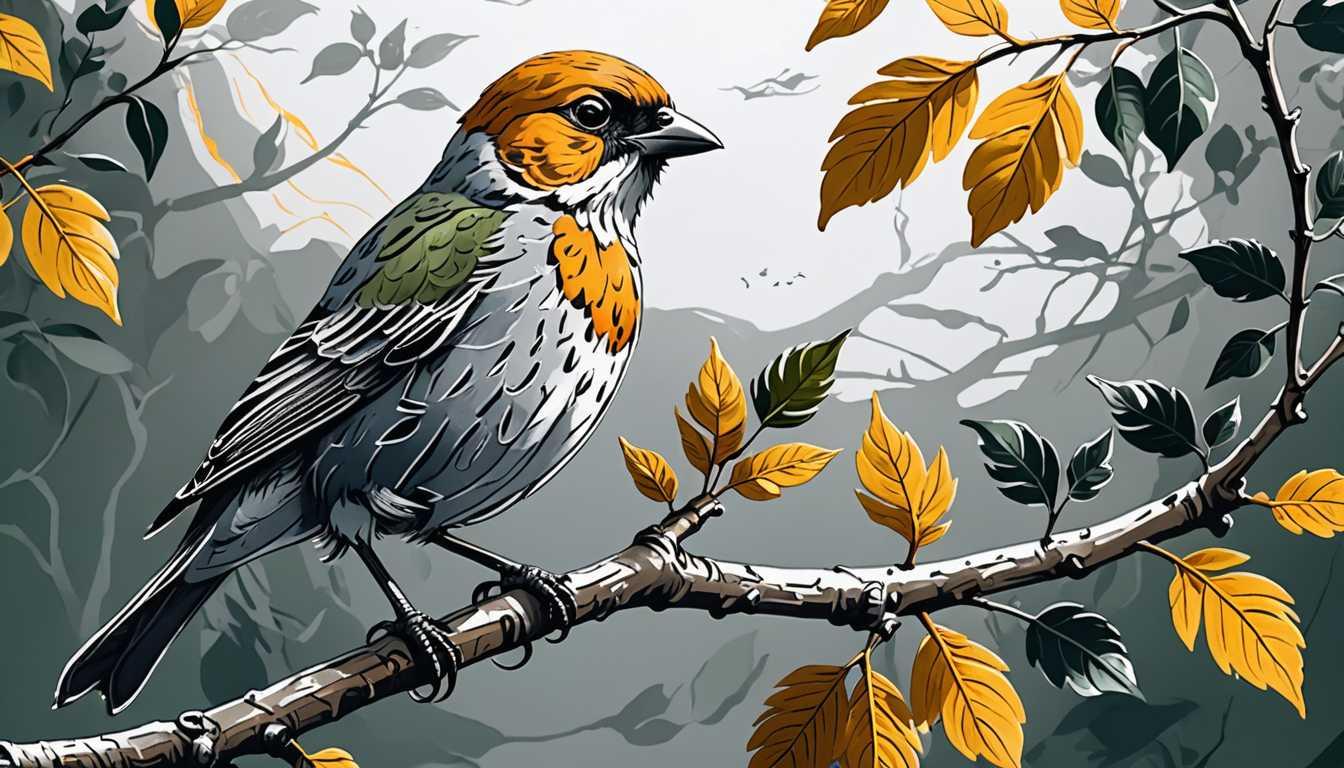Beetles: Nature's Ingenious Survival Experts
June 2024
Caltech - Research News
Introduction
Ever wondered how beetles became the ultimate survivors on Earth? Check out the article "Beetles Conquered Earth by Evolving Their Own Biochemical Laboratory" from CellImage! It dives into the incredible adaptability of these little critters, showcasing their mind-blowing evolutionary tricks. Spoiler alert: they’ve got a biochemical lab right in their bodies! Get ready to be amazed and maybe a little jealous of their superpowers. Dive in and discover why beetles are the kings of adaptability!
READ FULL ARTICLEWhy It Matters
Discover how this topic shapes your world and future
The Beetle Bonanza—Unpacking Evolutionary Success
Understanding why certain organisms thrive while others fade away is a captivating puzzle in evolutionary science. Beetles, particularly rove beetles, stand out as a fascinating example of this phenomenon. With around 66,000 species, rove beetles not only dominate the beetle family but also represent the largest family in the entire animal kingdom! This massive diversity is not just a scientific curiosity, it has significant implications for our understanding of ecology and evolution. Beetles have evolved unique adaptations, such as chemical defenses that allow them to occupy various ecological niches, which plays a crucial role in maintaining biodiversity. By studying these remarkable creatures, you can learn about the intricate web of life on Earth and how evolution shapes it. This topic connects to your life as it emphasizes the importance of adaptability and innovation in facing challenges, not just in nature but in your own personal growth journey.
Speak like a Scholar
Evolution
The process through which species change over time due to genetic variations and natural selection, leading to new traits and species.
Ecological Niche
The role and position a species has in its environment, including how it gets its energy and nutrients, where it lives, and how it interacts with other organisms.
Chemical Defense
A strategy used by some organisms, like rove beetles, to produce toxic substances that deter predators or competitors.
Genomic Toolkit
A collection of genes that provide the necessary instructions for an organism to develop certain traits or features, such as the ability to produce specific chemicals.
Co-evolution
The process in which two or more species influence each other's evolution, often seen in interactions like those between rove beetles and flowering plants.
Biodiversity
The variety of different species and ecosystems in a particular area, which is essential for maintaining ecological balance and resilience.
Independent Research Ideas
Chemical Resilience in Nature
Explore the chemical defenses of various beetle species and how they compare to other animals. Investigating these adaptations can reveal the importance of chemical innovation in evolution.
Niche Specialization
Study how different rove beetle species have adapted to specific ecological niches, such as their symbiotic relationships with ants. You could also analyze what this means for biodiversity in those environments.
Genetic Innovations
Examine the genetic changes that allowed rove beetles to evolve their unique tergal glands. This could intertwine genetics with evolutionary biology, highlighting the role of mutation and adaptation.
Comparative Analysis of Beetles and Plants
Investigate how the mechanisms of chemical defenses in beetles are similar to those in plants. This could lead to interesting discussions on co-evolution and the shared strategies of survival in different kingdoms of life.
Evolutionary Pathways of Extinct Species
Look into the evolutionary history of extinct beetle species and what their adaptations can tell us about past ecosystems. This research can shed light on how environmental changes impact species survival.




